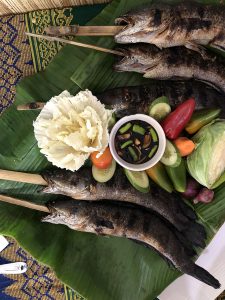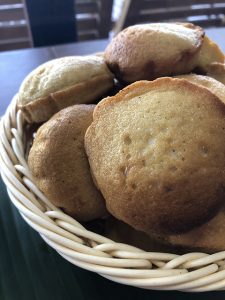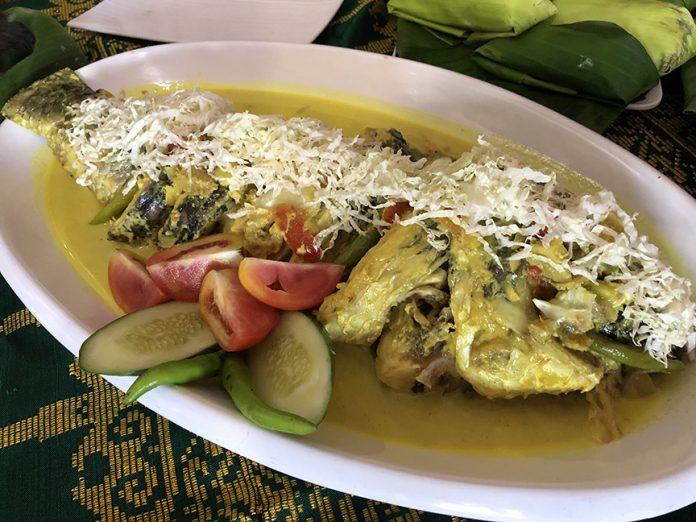I am a Maguindanaon.
Truly, Mindanao is a multi-ethnic island. With more than a handful tribes each with distinct traditions and culture, Mindanao is more than just a destination — it is home even to those who do not want to admit it. And as a Muslim and Mindanaon, I particularly aim for appreciation and recognition of the many beautiful reasons why Mindanao is one helluva of a force to reckon with.
The recently concluded 2nd Inaul Festival (Feb 8 to 14 2018) at Buluan, Maguindanao proved to be a most wonderful highlight to a new year. Admittedly, it was a first (time) but it felt as though I was coming home to my home. The familiarity was inevitable; the acceptance was stronger. Notwithstanding my surname and political connections, it felt good to be there.
 Like I, my colleagues from the media, was as excited to embark on a new journey. Only difference was my innate connection to the culture and traditions. Not to mention, my somewhat ability to converse and communicate in the dialect. Oh the joy of surprising people whenever I speak the dialect — they thought of me in the opposite.
Like I, my colleagues from the media, was as excited to embark on a new journey. Only difference was my innate connection to the culture and traditions. Not to mention, my somewhat ability to converse and communicate in the dialect. Oh the joy of surprising people whenever I speak the dialect — they thought of me in the opposite.
To say the least, it felt nice to act as a quasi-tour guide — specially with the food. It felt good to share a part of my being to people who are as excited as I am.
Yes, Buluan treated us with more love than we imagined. We were given a freehand to roam around the province, explore the outskirts and talk to locals like we’ve known them for years. Of course, touch base with the good Governor Bapa Datu Toto Mangudadatu and his brother, Assemblyman Bapa Datu Toy Mangudadatu who made our stay an even memorable one.
Let’s talk food. Pastil (patil) was first on the agenda. For months, I’ve been craving and I was not going to let this moment pass. Was I satisfied? Of course. The smell of freshly wrapped rice and kagikit (shredded chicken/fish) in banana leaves was all I needed. Paired with native coffee (yup, had to give in to the temptation!), it was palate perfection all the way.

On the side, tinapayan (appetizer; burong alwan or catfish) with lots of ginger, oil andchillies sent an enigmatic frenzy to my peers. Palapa, for us Maguindanaon, is made of shredded young coconut, onions, chillies and salt and pepper. When eating pastil, any of this two will surely elevate your eating experience.
Buluan is also known for their african hito, tilapia and tarok (karpa). From grilled to curried to steamed, you’ll love the many choices they have.
Of course, any meal is not complete without dessert. Or nibbles, as I call them. Traditional nibbles include the sweet and crispy tipas, belebed (balebed) or suman, pastil made with glutinous rice, tinagtag (deep fried rice flour mixture), kumukunsi and my personal favourite, bulua (burua) or our version of muffin either soft or with crunchy exterior. To complete, a cup of hot native coffee is all that you need.
TRC Speaks: Maguindanaon by birth, by right and by choice, I am but an advocate of the vast culture and tradition that we have. Including of course, our delectable traditional dishes. Allowing others to appreciate our traditional dishes is something to be proud of. Truly proud of.
 I would like to personally thank the Provincial Government of Buluan, Maguindanao, DOT Maguindanao and everyone who took us in and made our stay meaningful. Again, to the good Governor Bapa Datu Toto Mangudadatu and Assemblyman Bapa Datu Toy Mangudadatu for taking good care of us. Shukran mga Bapa.
I would like to personally thank the Provincial Government of Buluan, Maguindanao, DOT Maguindanao and everyone who took us in and made our stay meaningful. Again, to the good Governor Bapa Datu Toto Mangudadatu and Assemblyman Bapa Datu Toy Mangudadatu for taking good care of us. Shukran mga Bapa.
For my latest food finds, follow me on Instagram @iamleebai and Facebook @theroyalchefeats. Happy eating, royalistas!







